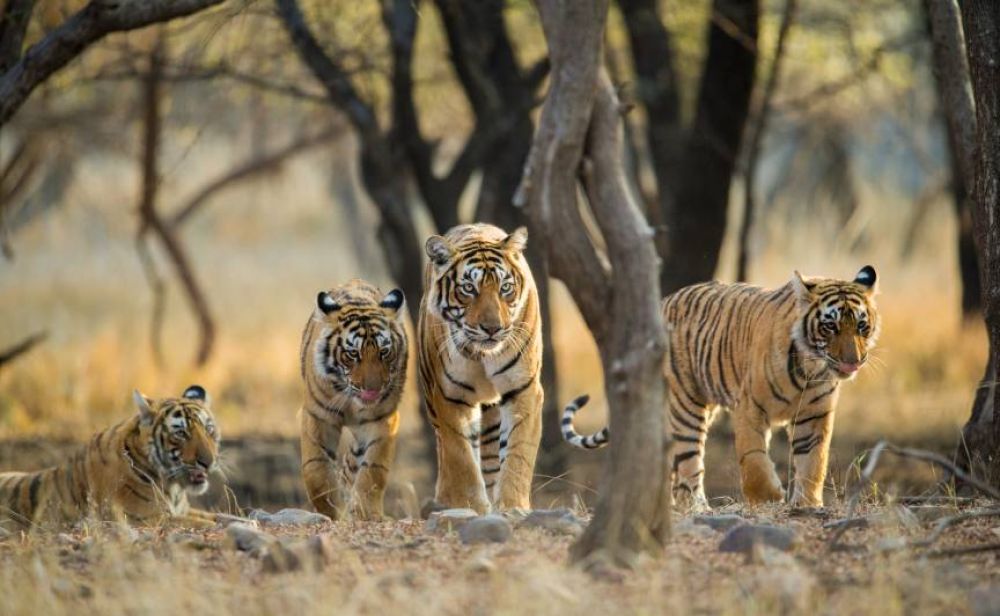

Kumbhalgarh Wildlife Sanctuary is a jewel nestled in the Aravalli Range in the state of Rajasthan, India. This sanctuary is named after the historic Kumbhalgarh Fort, which is a UNESCO World Heritage Site. The fort's history stretches back to the 15th century and has played a pivotal role in Rajasthan's defensive history. The fort and nearby forests were initially private hunting grounds for the royal family of Mewar.
Tourism in the area began to develop significantly after India's independence in 1947 when the region became accessible to the public. In 1971, the forests around Kumbhalgarh Fort were declared a wildlife sanctuary, opening a new chapter in its history—conservation tourism. Though initially overshadowed by the popularity of the fort, over the years, Kumbhalgarh Wildlife Sanctuary has garnered significant attention from wildlife enthusiasts and nature lovers.
The sanctuary's rich biodiversity, combined with the historical grandeur of Kumbhalgarh Fort, provides a unique attraction for tourists. It was the recognition of the fort's historical importance in the 2010s, alongside the growing interest in wildlife conservation, that made Kumbhalgarh a prominent eco-tourism spot.
Today, ecotourism is a rising trend in the sanctuary, with more tourists seeking sustainable travel experiences. The sanctuary offers safari tours, trekking opportunities, and bird watching activities, which are extremely popular among visitors. The flora and fauna of the region, including leopards, sloth bears, hyenas, and numerous bird species, add to its allure.
Another evolving trend is the emphasis on cultural tourism. Many tourists combine their visit to the sanctuary with a trip to the Kumbhalgarh Fort to experience a blend of natural beauty and historical architecture. The annual three-day Kumbhalgarh Festival, which features dance, music, and cultural events, further boosts tourism during the winter months.
Adventure tourism is also gaining traction. Kumbhalgarh's rugged terrain attracts adventurers interested in mountain biking, horse riding, and hiking. This trend is complemented by local initiatives focusing on sustainable practices, like employing local guides and using eco-friendly lodgings.
Moreover, the Indian government and Rajasthan tourism have been proactive in developing infrastructure, improving connectivity, and promoting the sanctuary with campaigns highlighting the region's unique offerings.
To summarize, Kumbhalgarh Wildlife Sanctuary's tourism has evolved from being a secretive royal hunting ground to a sought-after destination for diverse tourism interests, ranging from ecological to historical and adventure-oriented experiences. Its sustainable tourism model is expected to guide future growth, making it a beacon of responsible travel in India.